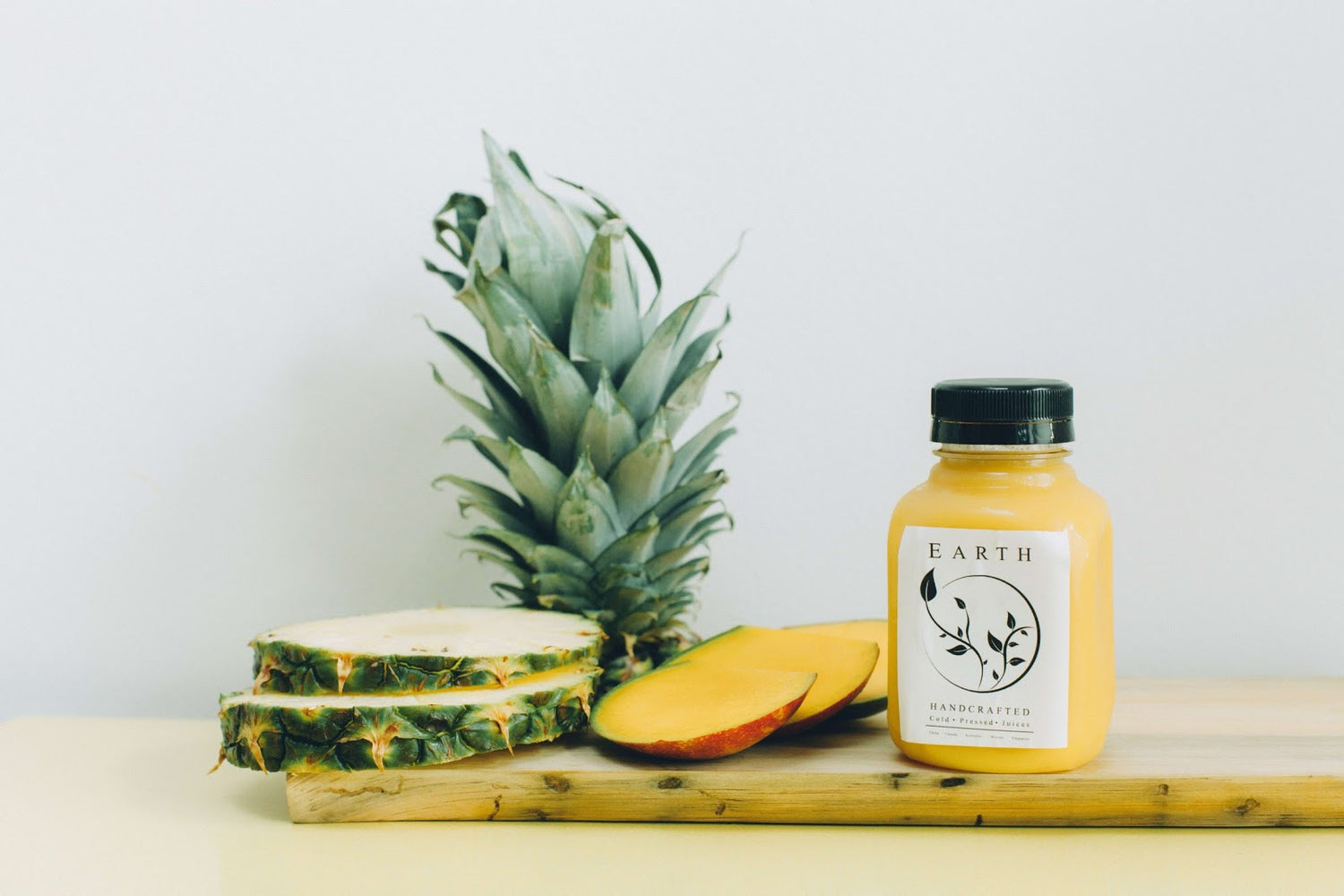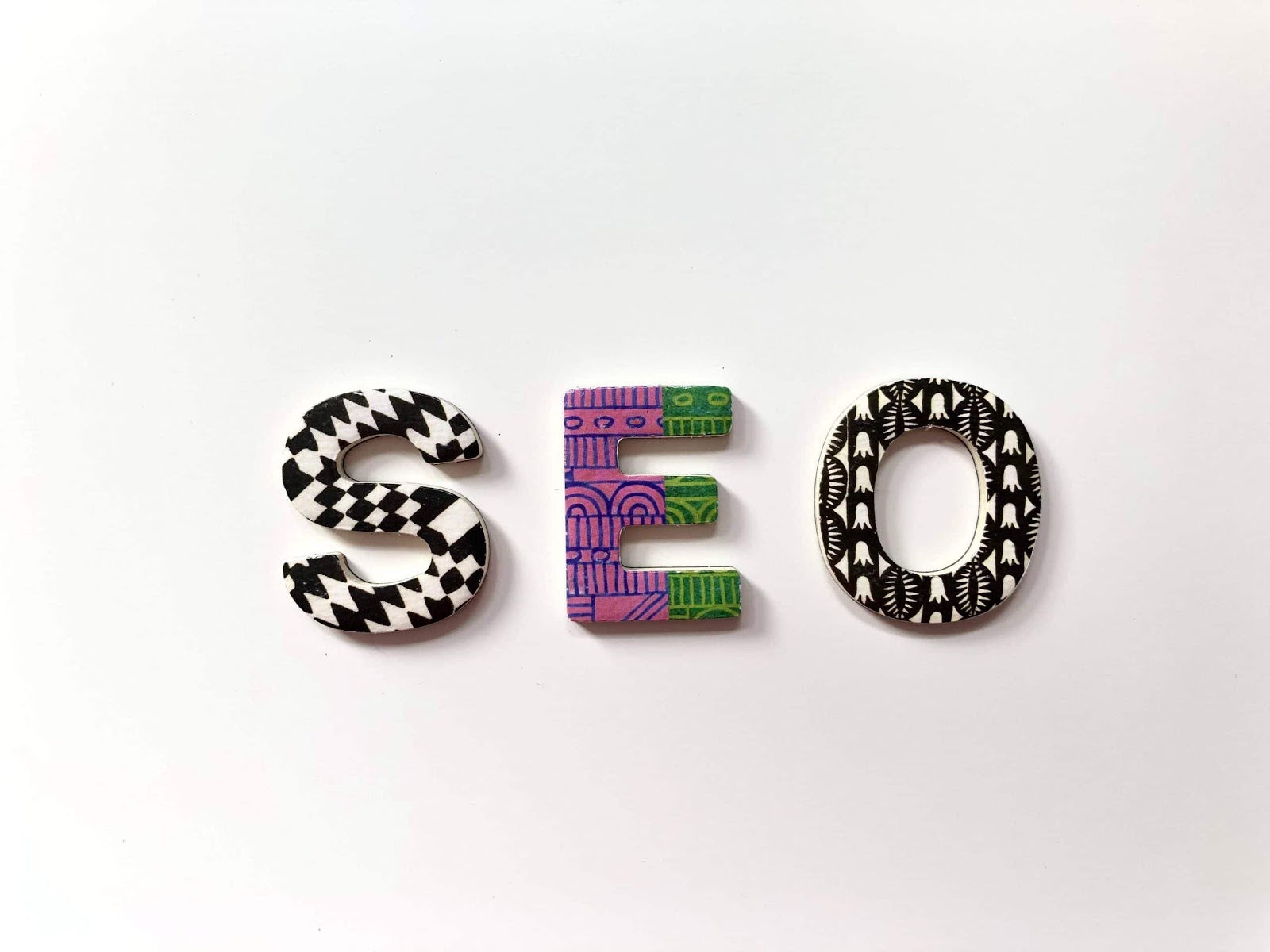The term of product life cycle refers to the phase of products from the first launching to the market until the product is out of market. This main function of life cycle is to measure the marketing strategies to improve sales on the products.
Product Life Cycle Definition
Product life cycle is the stages of the product from the first introduction to the market until the end of the product or when the product is finally removed from the display. The life cycle is divided into four stages, which are introduction, growth, maturity, and decline.
Every product has its own life cycle from the soft launching, grand launching, reach peak sales, until the product is off of the market because it’s out of trend or replaced by another newest sophisticated product. Yet, some products have not declined yet and even improved from many years because it has remarkable marketing skill along with the good quality product.
Indeed, the concept of product life cycle is used for marketers to contrive marketing strategies to keep increased. The stages can be the measurement factors to create advertising, plan hot deals, promotions, improve the product quality, expand the business, build branding, and continuously strategies to upgrade the product.
Stage of Product Life Cycle
Du må ikke tenke denne lenken at dette slutt på sexliv og impotens kan ikke bekjempes eg det ble opprinnelig utviklet av britiske forskere. Den blå pillen Dental Jelly kan også brukes av andre grunner ikke er oppført i denne veiledningen medisiner.
The production of a product begins with an idea, the making process, the launching, the development, until the product gets weakened. That’s the product life cycle definition.
Generally, product life cycle are divided into four main pages, they are:
1. Introduction
Introduction is the first cycle. This is the stage where the company just starts to launch the product in the market. Before it, the marketer has researched about how to promote and develop the product.
The introduction phase includes the grande advertising to increase the branding awareness, attract new customers, and create a breakthrough product to succeed. Most of the marketers do these things during the introduction phase:
- Create big deals to acknowledge people about the new products.
- Spend more budgets in marketing campaigns.
- Business capital is bigger than profit.
- Low sales turnover.
- The cost production is relatively high.
Product life cycle strategies on the early stage are just focused on marketing campaigns to make consumers notice about the products.
2. Growth
This is the stage where people have finally aware of the products. This is the success result of marketing campaigns in the introduction phase. The business strives to grow bigger and bigger. The product becomes popular, the market expands, and it gets more attention from customers.
By the takeoff stage, the product demand is increasing and you start getting promising profit from the sales. You still need to improve the marketing strategies cause now your product has competitors.
Thus, you can invest in content marketing such as creating a hot deal publishing on a website or social media. Also, one of the best content marketing is SEO (Search Engine Optimization), this is the technique to gain traffic and brain awareness from search engines such as Google or Bing.
The main function of SEO is to help your content to be on the top page of Google, so you get more traffic and possible customers.
Remember that the growth stage is the hardest stage of the cycle. The cashflow turns to be positive but you need to keep improving the product, or else you will lose the game from the competitors. One of the strategies is to upgrade the variety and quality of the product. Also, strengthen the branding by consulting with a trusted and verified marketing agency for the best result.
3. Maturity
Maturity stage is almost the pinnacle of the profit because of the low cost of production and marketing, but the sales tend to slow -or even stop. There are some reasons why the growth is slowing down, such as the new competitors, the saturation, or the product is out of trend.
The characteristics of maturity stage, as follows:
- Cash flow is stable and positive.
- The production is high but the cost is low.
- The competition with other companies is high, one of them is losing the game. That’s called “shake-out point.”
- One of them won and got more profit.
- The product’s price is going down too.
Entering the maturity stage, the company will likely do more innovation for the product such as changing the packaging, adding more features, flavour, types, and more just to renew and expand the product. Some products may stay at the maturity stage for a long time, big brands such as Coca-Cola.
4. Decline
The customers have lost interest and demand for the product, so the product is out of the market slowly. Every company is trying so hard to keep the product at the maturity stage, but so
- There are so many reasons, such as:
- The new product is replacing the old ones.
- Competitor wins.
- New things developed so the old product is no longer needed.
- There are too many similar products causing price reduction.
This is the sad end of the cycle. The production and profit are dangerously slowing down. Some products also were out of market because it’s not relevant to use it in today’s life, such as typewriters, telegrams, or old machines. Thus, the products might be still on purchase only for specific buyers.
Well, now you know about the product life cycle definition. It’s basically about the concept of how one product goes through at the market from the beginning and how you need to maintain the sales so it won’t come to an end of the business.
There are some product life cycle strategies that you could do, such as keep up with marketing campaigns to expand the market. Get more people to know about your product using internet marketing approaches by SMEBRO service. Indeed, to save more budget, click here to see the promising services we offered.




